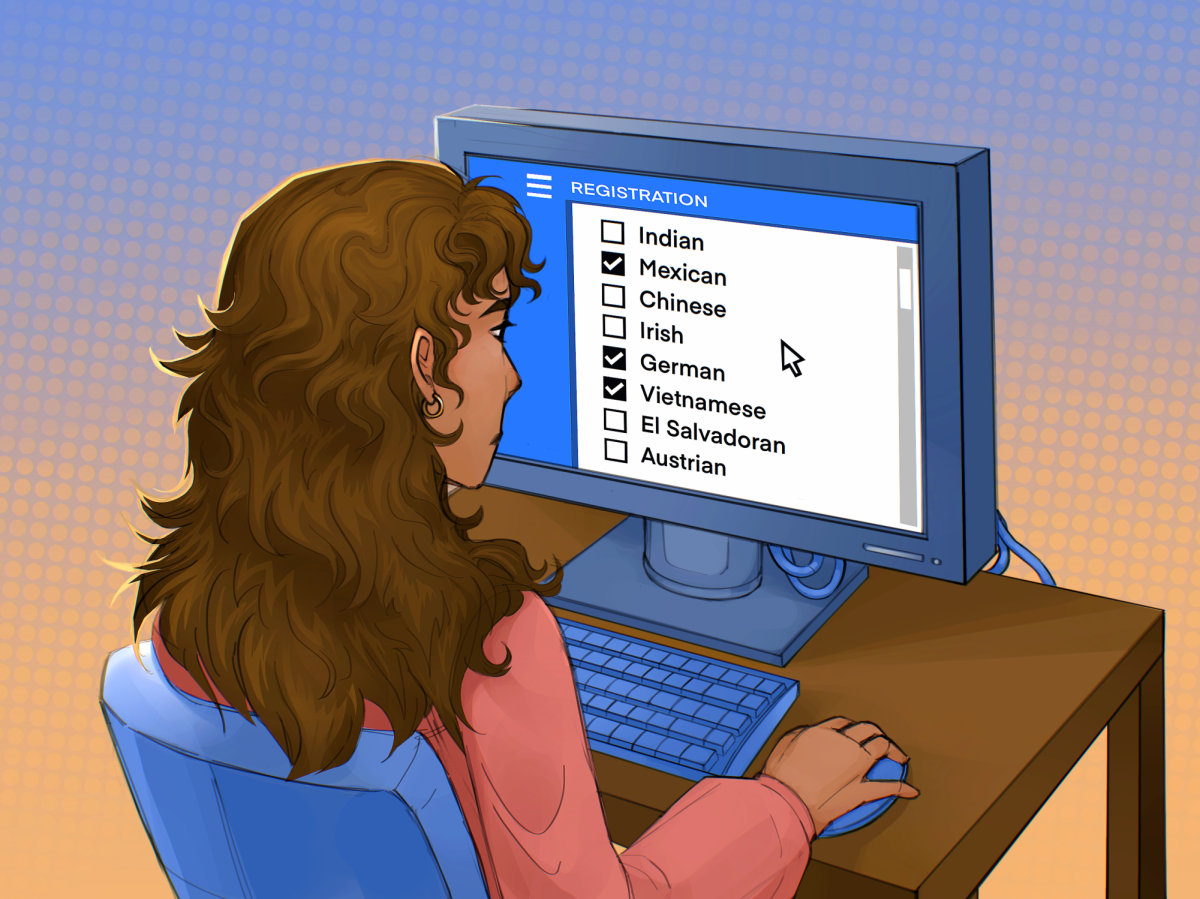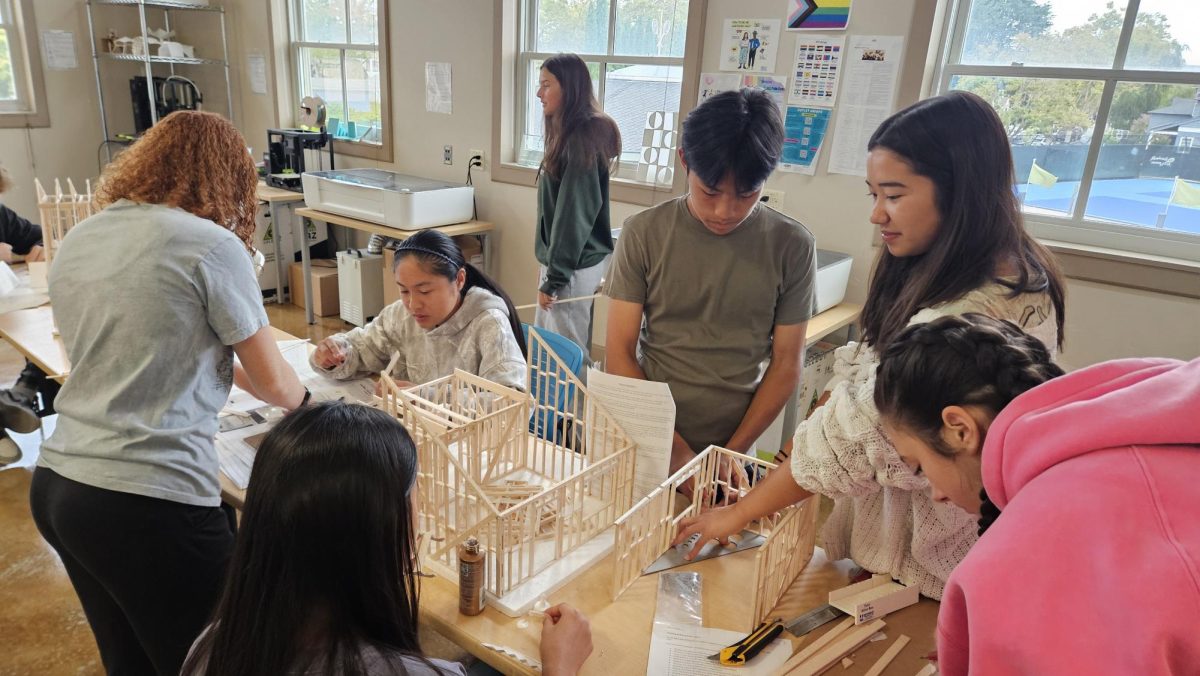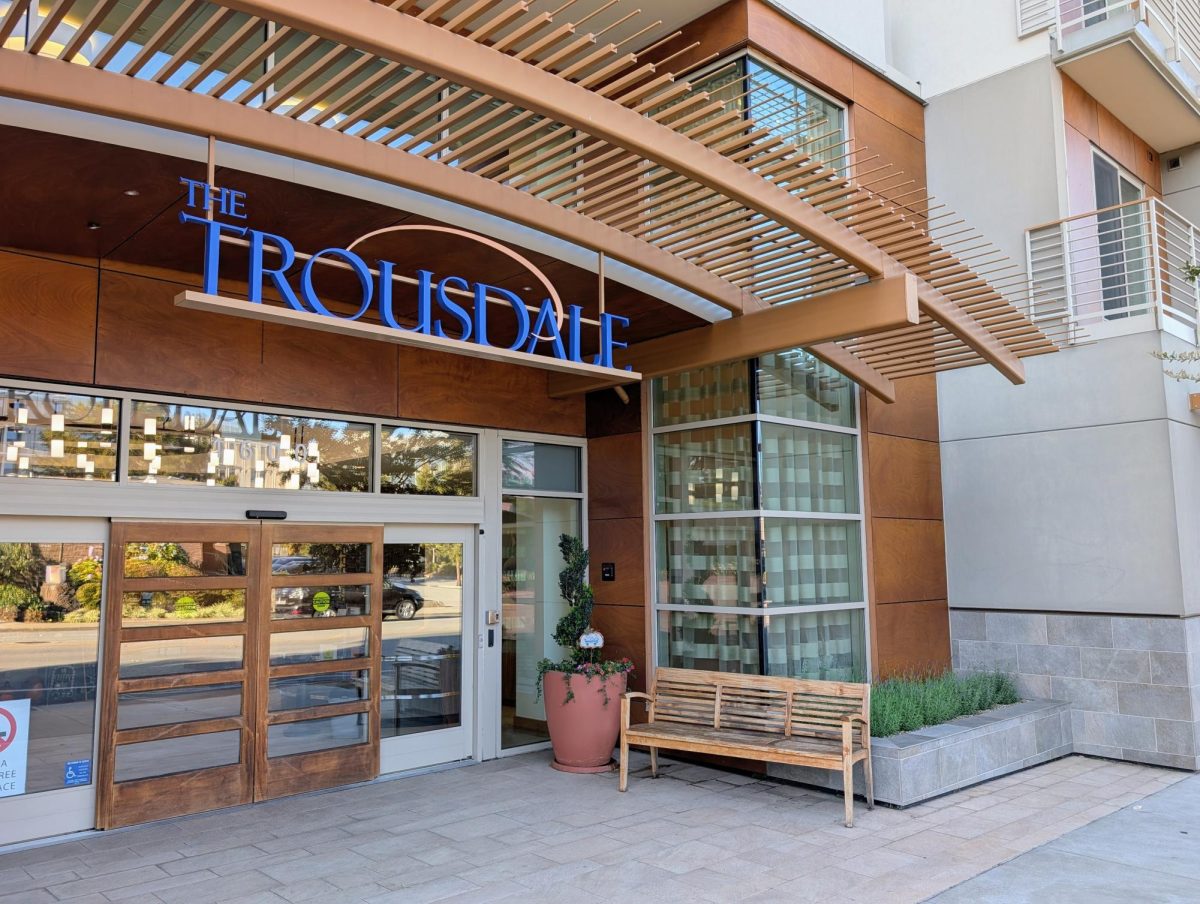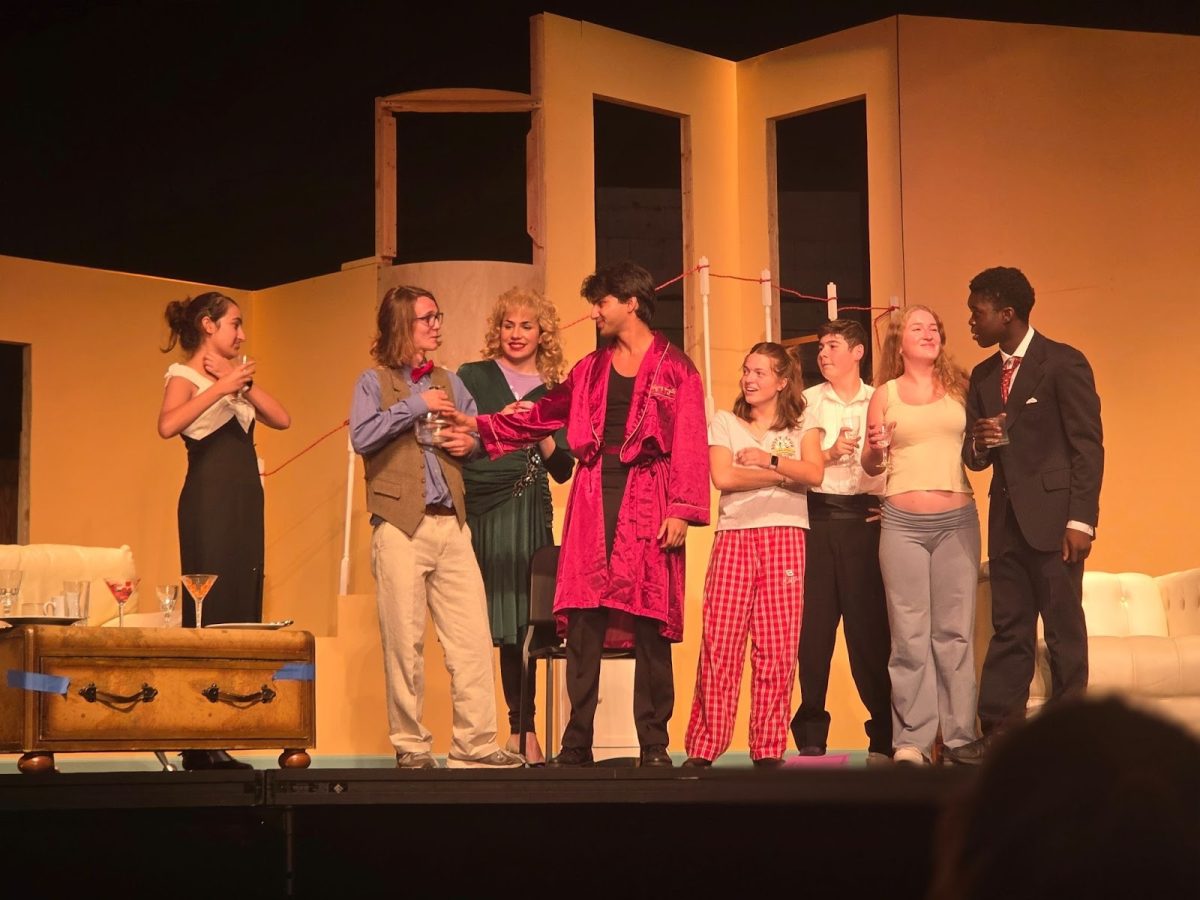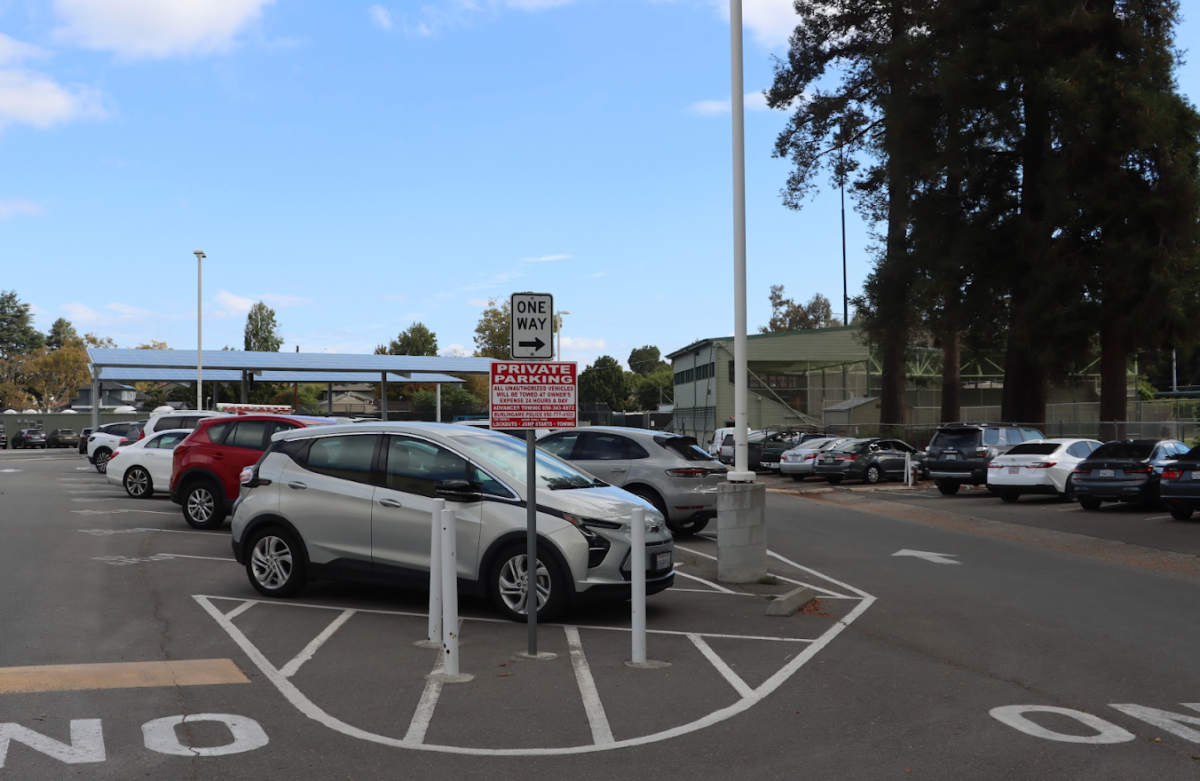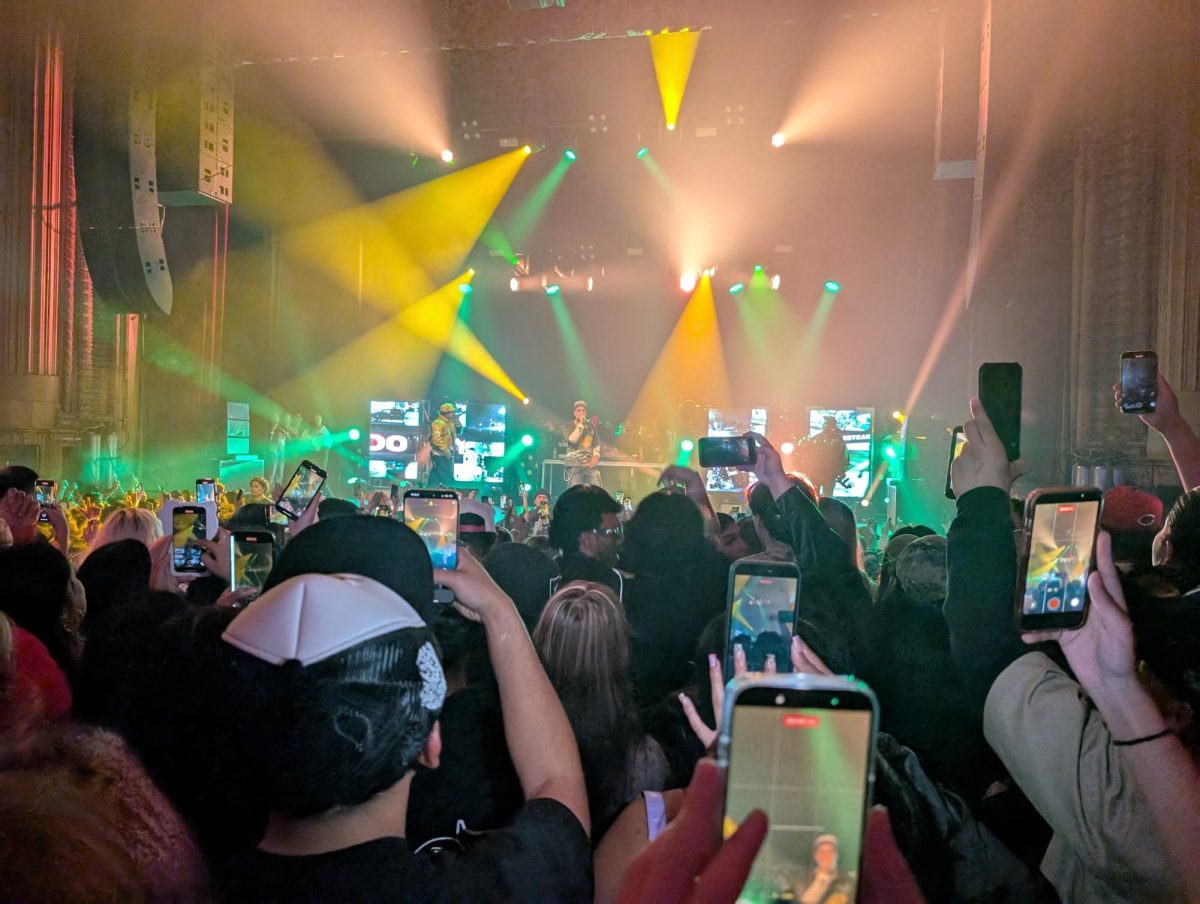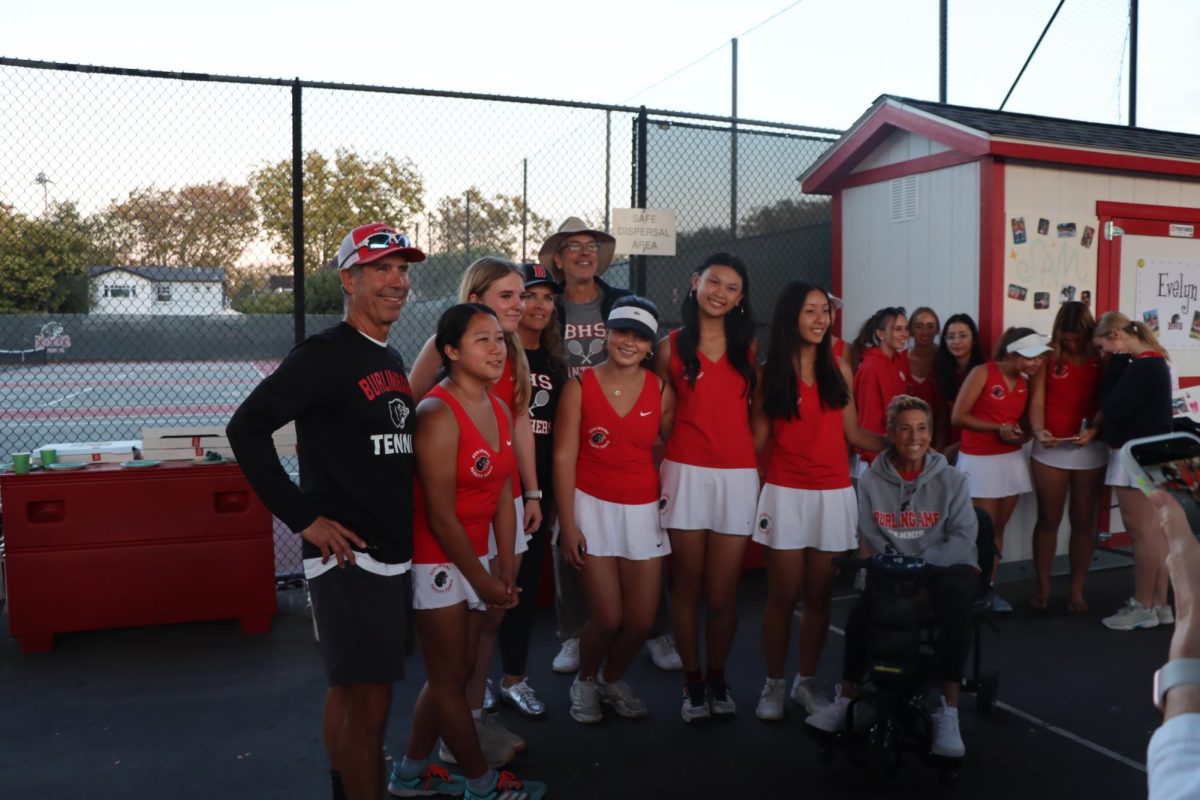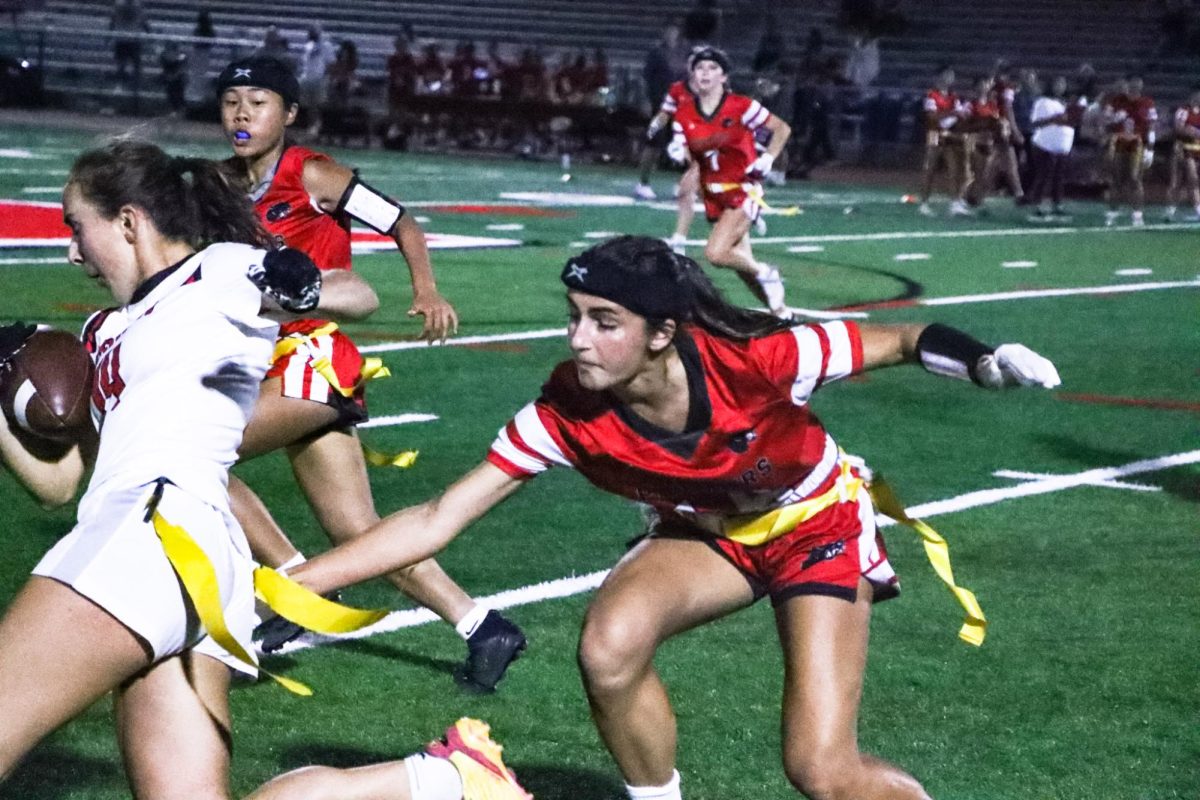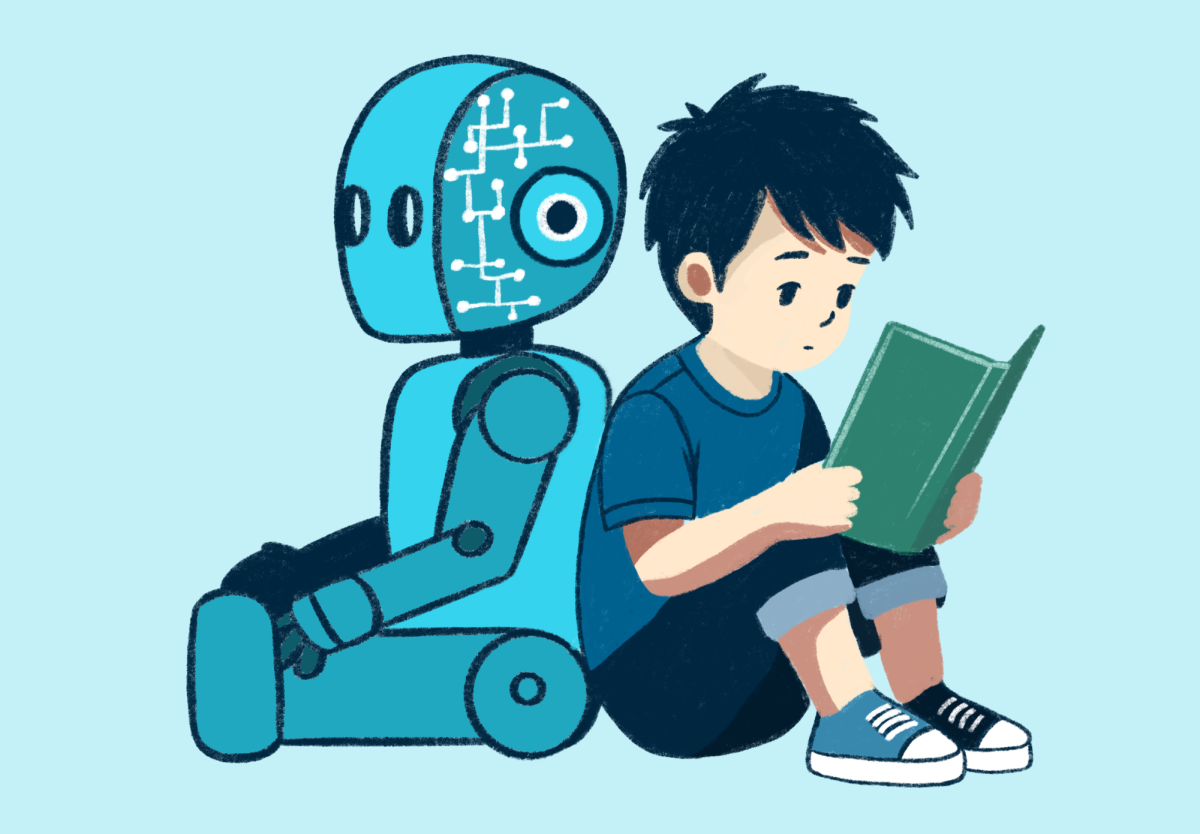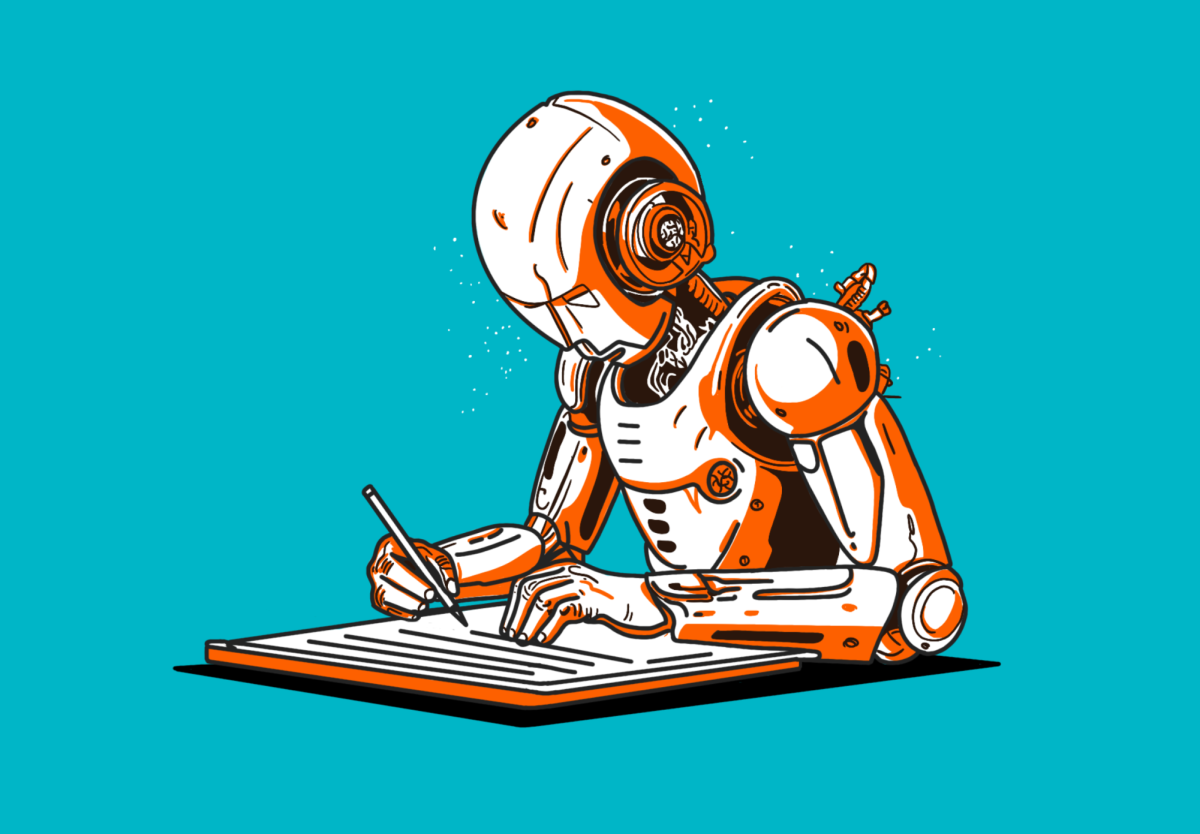On Thursday, May 16, the San Mateo Union High School District Board of Trustees hosted a discussion and presentations about the uses of artificial intelligence (AI) in the district and possible ways to regulate its usage.
First, the board explored ways that students could use artificial intelligence to their advantage in situations where it is beneficial for learning.
“We want to start teaching students how to ask good questions,” Assistant Superintendent for Curriculum and Instruction Julia Kempkey said. “Part of that is even the way that we use artificial intelligence.”
Kempkey reiterated that the district’s goal of integrating AI into learning is to develop better critical thinking skills in the students who use it.
“We want to focus on how we can create critical thinkers and developing skills in students that would distinguish them from the machine,” Kempkey said. “We don’t want to have students that are able to regurgitate single informations in a really distinct way.”
The Board also discussed the current uses of AI in district schools, and how these technologies already aid learning methods. For example, a teacher used ChatGPT to identify prefixes and suffixes in scientific language to help multilingual students better understand the content.
“[The teacher] was able to generate a number of other opportunities for them to bring those words in, create study guides around them, and saved him a significant amount of time,” Instructional Technology Coordinator Dominic Bigue said.
Bigue also highlighted an example when a Spanish teacher in the district used Bard AI to write a biography of a popular Spanish musician for his lesson plan, something that would have taken him much more time to create had he not used the technology.
“[The teacher] had a discussion topic that took him five minutes to make, it was something that was current, he knew his students would get a kick out of it, he had music that was aligned to it,” Bigue said. “Then [the students] could use this as a conversation tool.”
While these tools have been used for good in some cases, students’ unethical usage of these tools still remains a problem, and the Board discussed the possible solutions that schools could use to prevent issues of plagiarism.
“If you have a doubt, then maybe you go to the student and you actually have a conversation with the student, or go to prior student work,” guest speaker Richard Zapien said. “There are these AI detectors, and they have been proven to be not accurate, especially for African-American vernacular speakers and multilingual learners.”
Zapien also proposed abolishing the standard five-paragraph-essay model entirely as a creative solution to eliminate plagiarism.
“Maybe it’s a video that students create, maybe it’s a slide deck, there are many possibilities that we should be thinking about,” Zapien said.
Overall, the Board expressed a collective understanding of how difficult it is to integrate the tools that have emerged in recent years with the learning systems that our schools have in place.
“The challenge now is to put problems that really matter in front of kids, and really challenge teachers to pull from their body of learning, and expose their students to new ideas and challenge them to address the issues that matter,” Bigue said.






